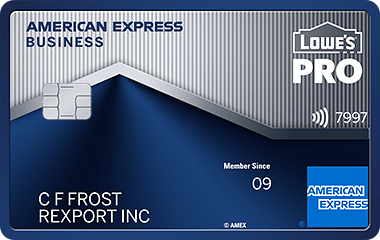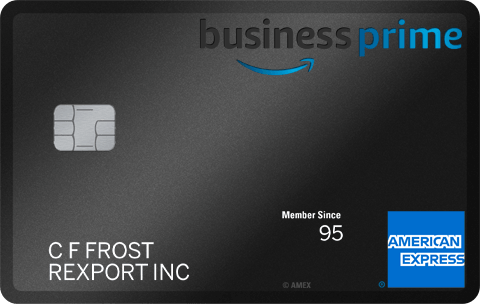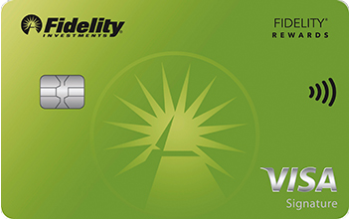- myFICO® Forums
- Types of Credit
- Credit Cards
- Re: Due date strategies...help please
- Subscribe to RSS Feed
- Mark Topic as New
- Mark Topic as Read
- Float this Topic for Current User
- Bookmark
- Subscribe
- Mute
- Printer Friendly Page
Due date strategies...help please
Is your credit card giving you the perks you want?
Browse credit cards from a variety of issuers to see if there's a better card for you.
- Mark as New
- Bookmark
- Subscribe
- Mute
- Subscribe to RSS Feed
- Permalink
- Report Inappropriate Content
Due date strategies...help please
Fam,
Now that I am juggling 7 cards, keeping up with the due dates on these suckers isn't the most fun thing in the world. Especially when I want to make sure and PIF each month before the statements cut. Already slipped up and let Disco report with a small balance (immediately paid it). Can you geniuses please share some of your tactics for this? Do some of you have your due dates all changed to the exact same day?
- Mark as New
- Bookmark
- Subscribe
- Mute
- Subscribe to RSS Feed
- Permalink
- Report Inappropriate Content
Re: Due date strategies...help please
Mint.com is great because it warns you about the payment dates. Since statement date is different, I just always use the payment date warnings to gauge when to PIF.
I also maintain my own cashflow projection spreadsheet with every account. Works great for me but is too complicated for many.
- Mark as New
- Bookmark
- Subscribe
- Mute
- Subscribe to RSS Feed
- Permalink
- Report Inappropriate Content
Re: Due date strategies...help please
@Anonymous wrote:Fam,
Now that I am juggling 7 cards, keeping up with the due dates on these suckers isn't the most fun thing in the world. Especially when I want to make sure and PIF each month before the statements cut. Already slipped up and let Disco report with a small balance (immediately paid it). Can you geniuses please share some of your tactics for this? Do some of you have your due dates all changed to the exact same day?
I have an extremely high tech system:
I have a post it on my monitor at work with the dates each one of my statements cut ![]()
When I get paid every other week, I double check every account and make sure to pay anything that is due before my next paycheck.
- Mark as New
- Bookmark
- Subscribe
- Mute
- Subscribe to RSS Feed
- Permalink
- Report Inappropriate Content
Re: Due date strategies...help please
My dates are staggared intentionally, but I think I'm in the minority. I do that so I can let pretty much any card lie dormant at statement cut time. I keep a list of my statement dates in my Apple Notes app. Because the statement date can fluctuate by a day or two with a couple of my cards, I keep the list updated as needed.
- Mark as New
- Bookmark
- Subscribe
- Mute
- Subscribe to RSS Feed
- Permalink
- Report Inappropriate Content
Re: Due date strategies...help please
1. I keep a spreadsheet of our monthly bills, and in that spreadsheet I have each card's due date listed. I also have each payday in the month listed, underneath each pay day I list what I'm going to pay at that time.
2. I keep a file on my phone with statement close dates. I reference it almost daily.
3. I'm just starting to do this, but I'm taking most of the cards out of my wallet, except for maybe four, and I'm leaving them in the sock drawer. That way I limit spending on them. The Amazon card obviously is not in my wallet, so I count that as one of them.
For me the routine is most important. I've created a routine that I follow each month. At the end of the month I make sure everything has been paid and set up for the next month. It's just part of my day now
- Mark as New
- Bookmark
- Subscribe
- Mute
- Subscribe to RSS Feed
- Permalink
- Report Inappropriate Content
Re: Due date strategies...help please
I moved all due dates to the 28th of the month, that were movable.
4 of my 7 cards had fixed dates of the last day of the month.
I pay on the 25th, let pending charges report and then pay on the 5th
of the next month to zero all accounts.
If micro managing to play with scores or show a high score for new loan,
I push money on the 25th with enough to cover the pending charges on each.
Thus control exact reporting numbers. I leave 5$ on one card, and zero
on all other cards.
- Mark as New
- Bookmark
- Subscribe
- Mute
- Subscribe to RSS Feed
- Permalink
- Report Inappropriate Content
Re: Due date strategies...help please
One more thing to mention: if your credit card lender offers the option to always auto-pay the minimum balance every month on the due date, set it up immediately.
That way, if you're ever tied up (or tied down) and forget, at least your minimum is paid.
- Mark as New
- Bookmark
- Subscribe
- Mute
- Subscribe to RSS Feed
- Permalink
- Report Inappropriate Content
Re: Due date strategies...help please
Pay in full every two weeks on every card. No juggling, no surprises, always low util. I do mine on Sundays, and it takes about 10 minutes.
Also have them all set to Auto-Pay, but only as a last resort. TBH I don't trust it =D








- Mark as New
- Bookmark
- Subscribe
- Mute
- Subscribe to RSS Feed
- Permalink
- Report Inappropriate Content
Re: Due date strategies...help please
@digitek wrote:Pay in full every two weeks on every card. No juggling, no surprises, always low util. I do mine on Sundays, and it takes about 10 minutes.
Also have them all set to Auto-Pay, but only as a last resort. TBH I don't trust it =D
Honestly, this is the best way for me. And the easiest. Thank you.
- Mark as New
- Bookmark
- Subscribe
- Mute
- Subscribe to RSS Feed
- Permalink
- Report Inappropriate Content
Re: Due date strategies...help please
I second using Mint. I have the app on my iPad and love it.
Goal Score:ACHIEVED - 800 Across the Board
In My Wallet: Cap1 QS - PenFed Power Cash Rewards - PenFed Promise - AmEx Delta Platinum - DISCO - NFCU Cash Rewards - Chase Sapphire Preferred